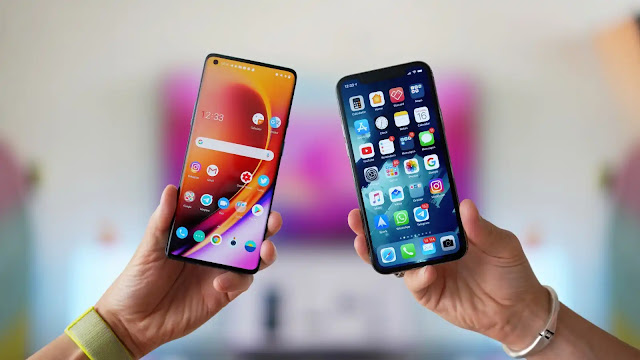Just acquired an Android device? Ensure to immediately review these two essential settings.
The allure of Android phones persists for me due to their diversity, absence of compromises in flagship specs, and intriguing features – with standout models including the Samsung Galaxy S23 Ultra, OnePlus Open, and Google Pixel 8 Pro.
Regardless of the brand of the new Android phone I set up, there's one essential step I always take first: checking the display settings.
Color calibration and resolution adjustment:
Many Android phones now feature OLED displays capable of vibrant colors and QHD+ resolution. However, out of the box, these screens are often set to a lackluster color setting and limited to FHD+ resolutions for power efficiency.
I personally prefer a bold, bright, and colorful display, especially at larger sizes, where I appreciate QHD+ resolution. Therefore, I delve into the display settings to adjust the resolution, unless there's an adaptive mode, and ensure the color profile suits my preferences.
For OnePlus phones, I typically opt for modes offering or leaning towards the cinema-level DCI-P3 color gamut. Samsung phones lead me to choose the Vivid mode, as I enjoy the bold, albeit occasionally over-the-top, colors of its AMOLED screens.
On Google's Pixel phones, I tend to stick with the default Natural mode, complementing the HDR-like photos produced by Google’s computational photography, irrespective of camera lenses or specs.
Running to refresh:
Due to progress in panel technology, numerous Android phones now feature high refresh rate displays, frequently providing refresh rates of 90Hz or 120Hz. Nevertheless, these configurations may not be activated automatically or might employ adaptive modes that can be unpredictable, causing the phone to default to a 60Hz refresh rate right from the start.
Therefore, it's time to navigate to the display settings to confirm that either the high refresh rate mode is activated or that the adaptive mode is operating as intended. Although this might appear as a small tweak and could result in higher battery usage, once you become accustomed to the smoothness of 120Hz, returning to 60Hz can be quite noticeable. However, I value the ability to deactivate it, especially when my phone's battery is running low and I'm away from a power source.
Checking these settings is a straightforward process. Open the settings app on your Android phone or use the quick pull-down menu in recent Android versions to access the settings icon. Scroll to the display menu and tap it to access a range of display options. The screen resolution option will likely be labeled as such, while colors can be found under options like ‘Colors’ or ‘Screen mode’. As for refresh rate, look for options with names like ‘Smooth display’ and ‘Motion smoothness,’ usually accompanied by a toggle for on/off or adaptive/standard.







Post a Comment